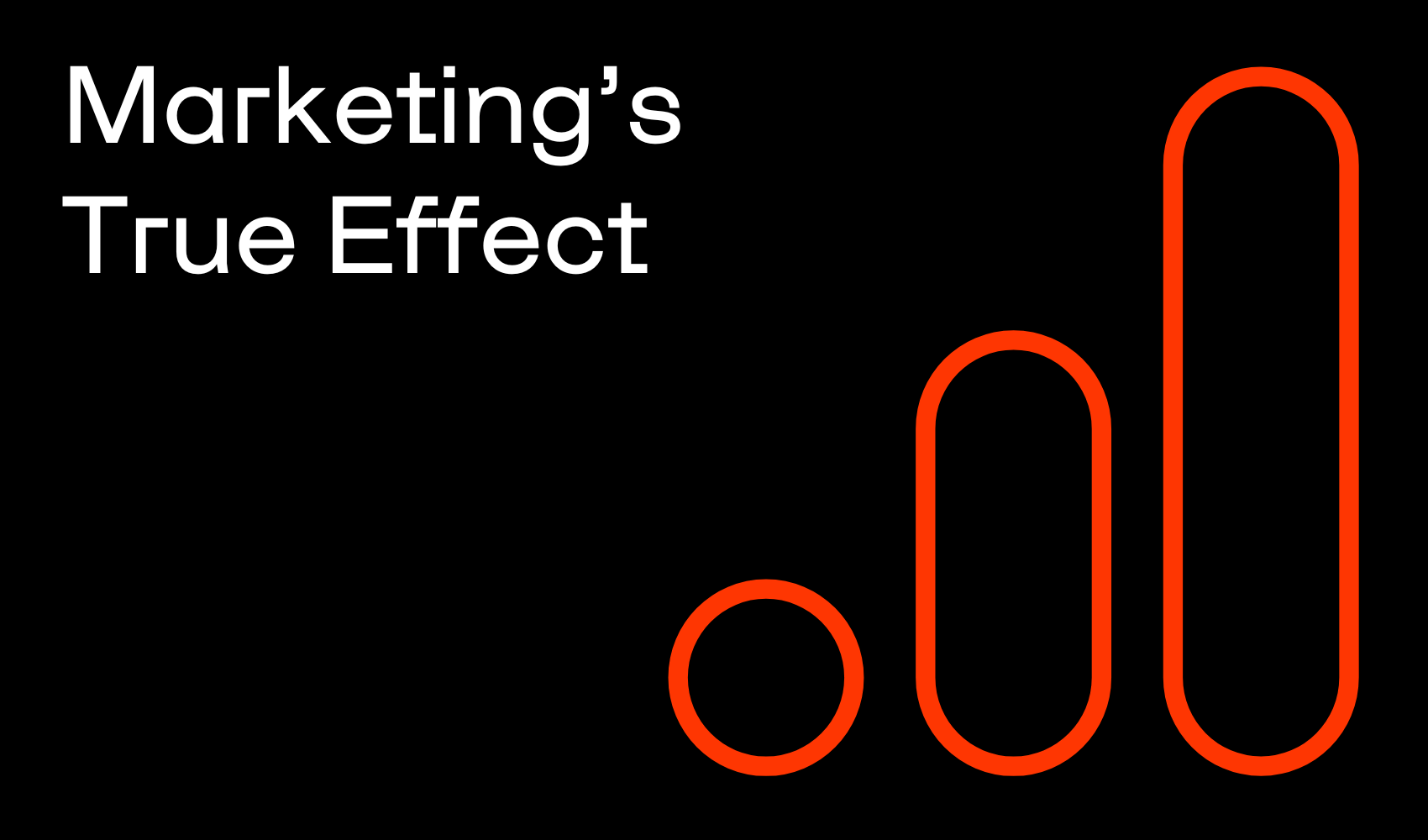Remember that time when iOS 14 made marketers sweat? Get ready, because now we are facing an even bigger change and many marketers are still unprepared.
I'm talking, of course, about the inevitable farewell to third-party cookies. If you're reading this article, you've probably stumbled upon this topic more than once.
And that's exactly where the problem may lie: "death of third-party cookies" has become such a phrase we read without really understanding the huge impact it actually has.
If you still have questions about how this change will wreak havoc on your campaigns, stick around for a few minutes as I walk you through the following:
- Technical changes underway
- Market changes to be aware of
- 4 concrete steps to take immediately to start planning
Technical changes
First of all, let's clear up one important thing: it's third-party cookies that are going away, not first-party cookies. Your own first-party cookies, and the data you collect through tracking on your website, can still be used in, among other things, remarketing lists. This as long as the user has given his consent.
It is third-party cookies, which transmit data from your website to external parties (such as advertising platforms) to paint a picture of the user and user behavior, that will disappear. For example, when you have to choose targets for your campaigns in a list of target groups based on purchase intent and interests. It is this part that is mainly affected.
If this sounds familiar, it's because the same thing happened when iOS 14 was rolled out.
In conjunction with this update, Apple introduced the feature “App Tracking Transparency,” which made it more difficult for companies to track user behavior across third-party apps. This meant that ad platforms, particularly Facebook, were hit with an inability to assist advertisers with insights into what users did after interacting with their ads.
Cookies, whether first-party or third-party, are small pieces of code saved by the browser or app on the user's device. They include user and session identifiers, ad click IDs, timestamps, and features (such as whether you're logged into an app).
To summarize this, has been (or was until recently) the most common way to identify and track user behavior online, and they are about to disappear from Chrome which accounts for 65,42% of the browser market.
Are you using pixels, UTM parameters outside of a first-party environment, GTAG (discuss this with your analytics team), or other tracking technology that is based on browser information? Then you face a period of major changes.
What is changing from a marketing perspective?
It would be easier to list what doesn't change, but here's a short list of the biggest changes:
- Attribution - Many advertisers still rely on call-to-action and the last click of the conversion as attribution. That data is about to be eliminated, this could actually lead to something very positive if it forces advertisers to massively adopt more holistic measurement methods that consider the entire customer journey.
- Tracking and Analysis – If you enjoy seeing performance at the ad and/or keyword level, you will need to constantly update your tracking technology to the latest in technology.
- Target audience targeting – The ability to target your ads to detailed audiences based on purchase intent and interest is likely to change. We will face major challenges in understanding how we identify valuable users and create relevant ads for them. A solution that is talked about a lot is Topics, where target groups are selected based on the user's search behavior.
- Data collection - The more first-party data we can collect and own, the more control we gain over our understanding of users and what engages them. If you lack a plan for collecting first-party data, you will soon be at a serious disadvantage.
With this in mind, it's becoming apparent that the best time to start planning was about a year ago—and if you're behind, it's time to catch up.
Need help setting up a smart data collection strategy? Contact us and secure your company's future online.
4 concrete measures to take immediately
For our clients, we divide the preparations into four main areas:
- Cleaning up the customer relationship management (CRM)
- Improve data collection
- Platform-specific tracking solutions
- Server-based hosting
1. Focus on cleaning in CRM
At the very least, you should be able to use your CRM database to understand your users' point of entry and identify where your most valuable customers find you.
Review your existing data that has been collected until third-party cookies disappear. Be sure to dive deep into analytics and identify placements, search terms and topics that have led to good results. You will need to use this data later.
2. Fine tune your data collection
First-party data will become even more important as the availability of data from third-party sources decreases.
Make sure that your advertising campaigns, organic campaigns, own platforms, etc., are optimally designed to collect first-party data, and that you have a plan for how to use this data in your campaigns (email, SMS, retargeting, lookalikes and similar) . Work with CRO (Consent Rate Optimization) and offer users value in exchange for their first-party data.
3. Implement platform solutions
Get extremely comfortable with Googles improved conversions, Meta's and LinkedIn conversion APIs, and other similar solutions. They help ensure that campaigns' machine learning can still collect valuable and quality data both online and offline, which is fundamental to future-proofing your advertising.
Extra points if you upload your customers' email addresses and phone numbers on the respective advertising platform. This helps the platform identify your customers and find similar audiences for your campaigns.
4. Start measuring with Server-side Tracking
Analysis and data stored on servers you control (as opposed to browsers that can change their rules at any time) provide a great protection against the disappearance of cookies.
Perform an installation of Server-side Tracking with Google Tag Manager and start exploring customer data platform (CDP) options, such as Twilio Segment and Tealium, to take at least partial control of your data and analytics.
Winning strategies for a data-driven and privacy-protected future
If you need some good news after reading all of this, I have some tidbits to offer.
- Tracking based on cookies had major inherent problems. This change is an opportunity for the industry to re-evaluate the methods of tracking, measurement and attribution, which can actually benefit digital marketers.
- It is highly unlikely that the marketing industry will face anything as disruptive in the near future. You might get some sores from this transition, but if you follow the new guidelines, update your tracking, and do a good job, you'll be fine!
- Finally, we're all in the same boat trying to figure this out together.




